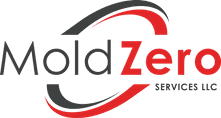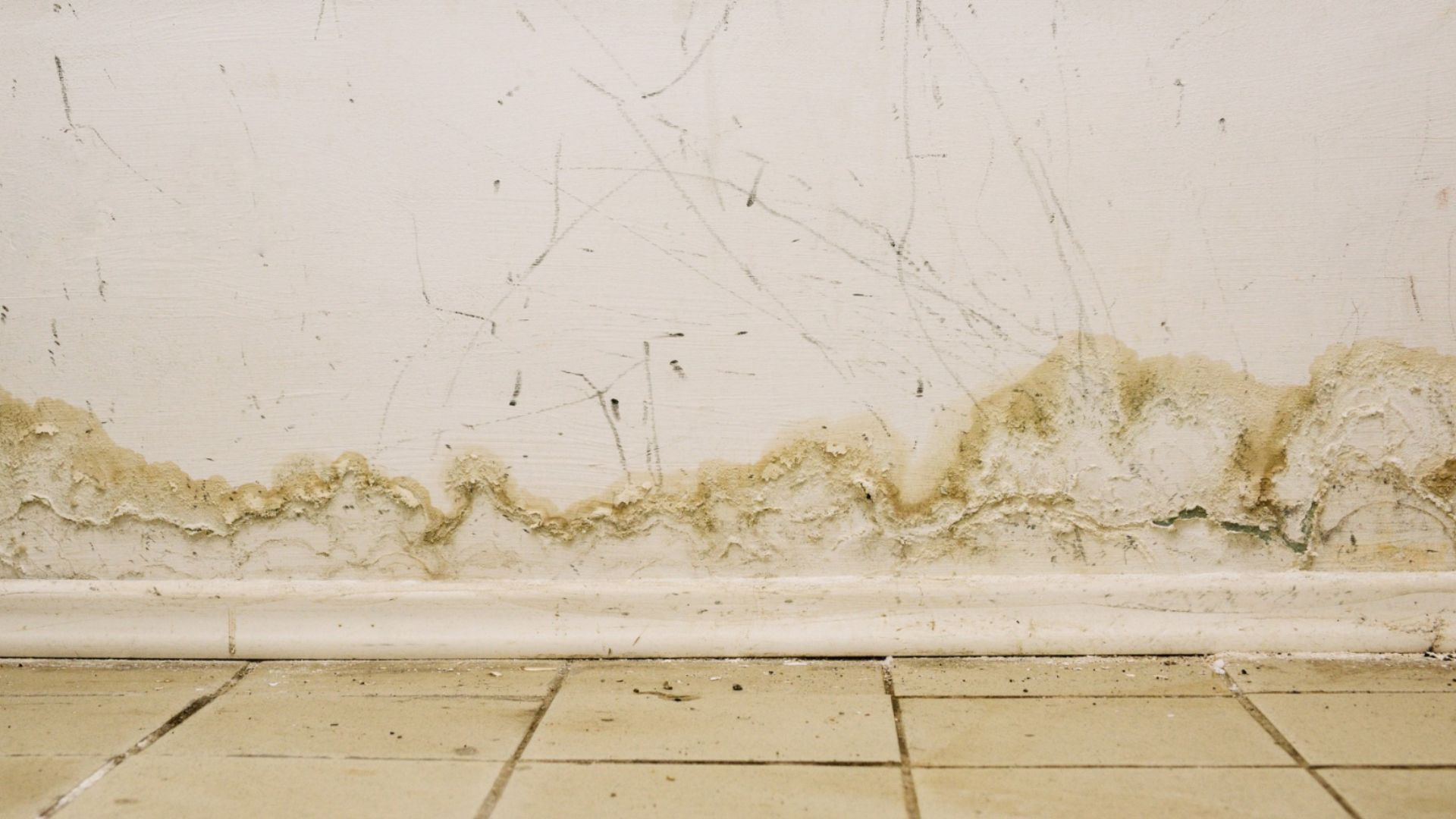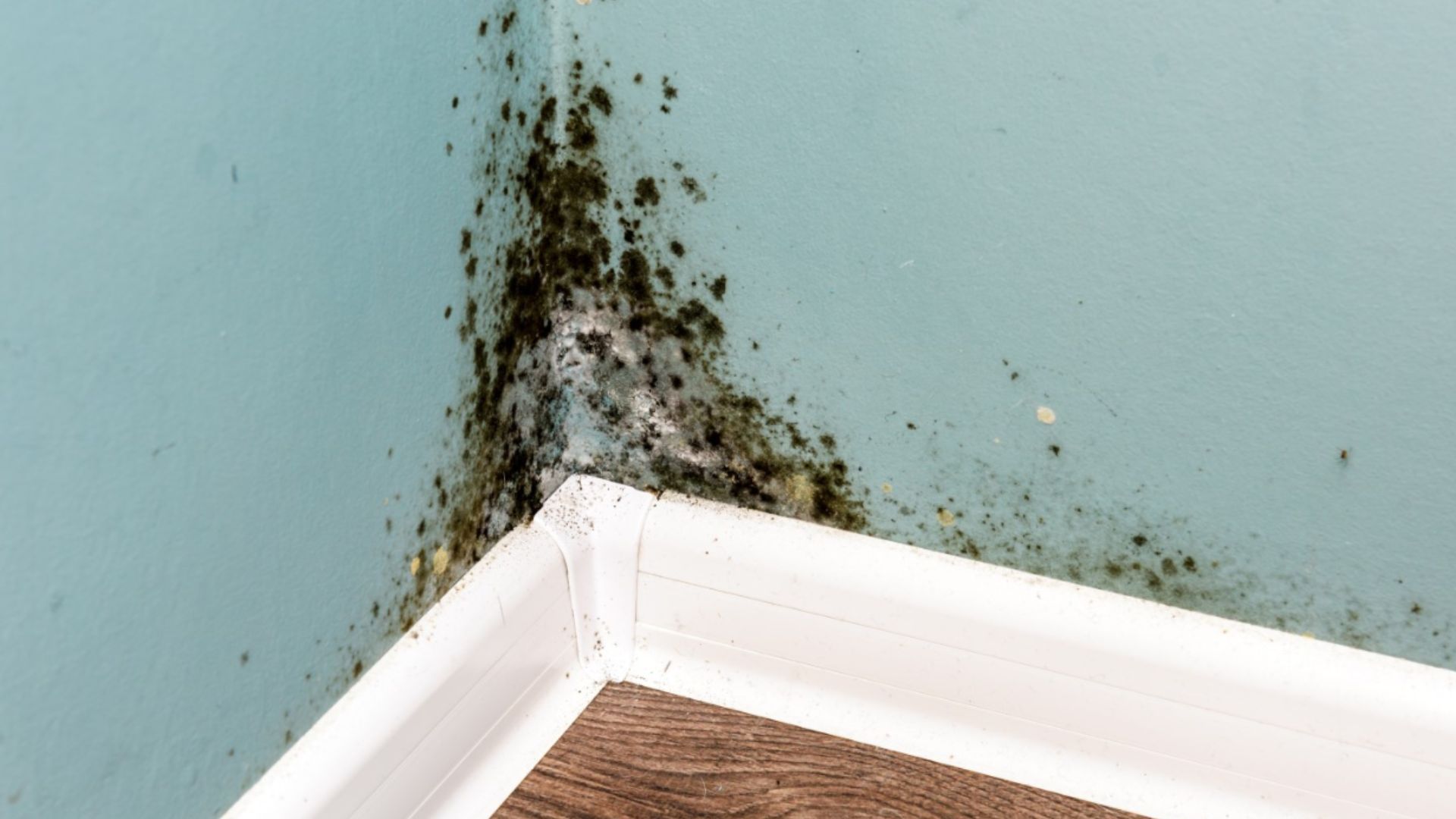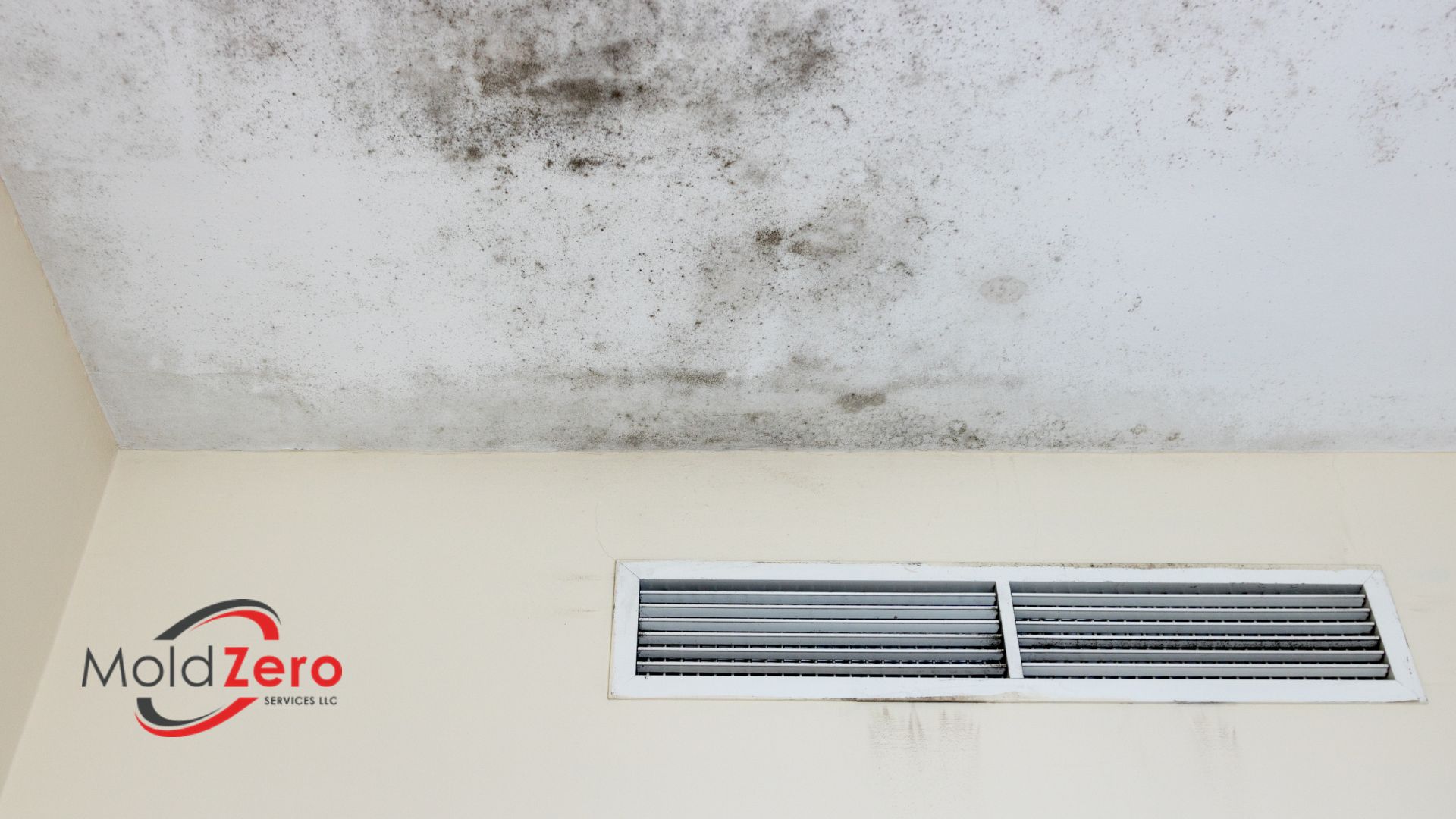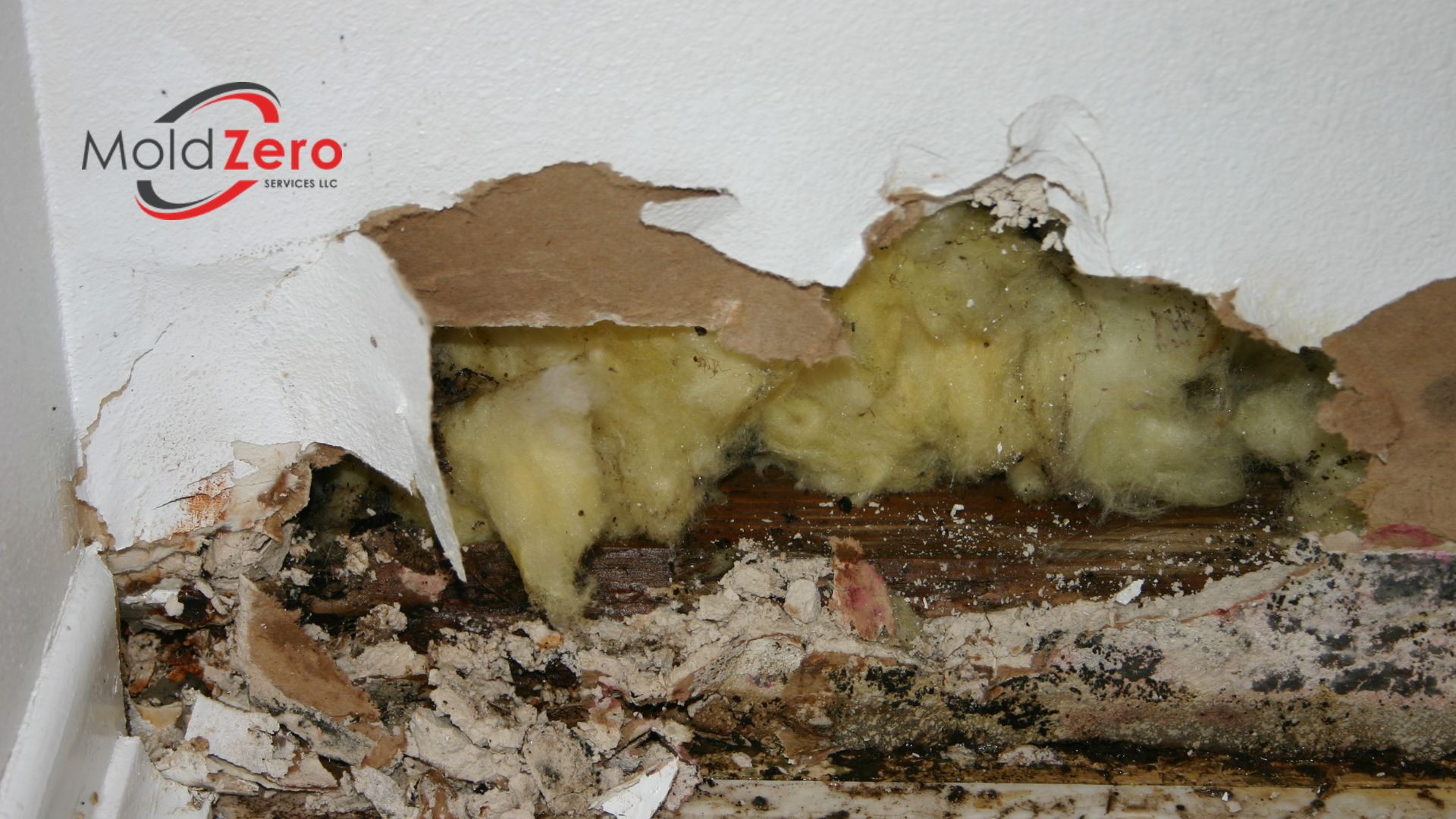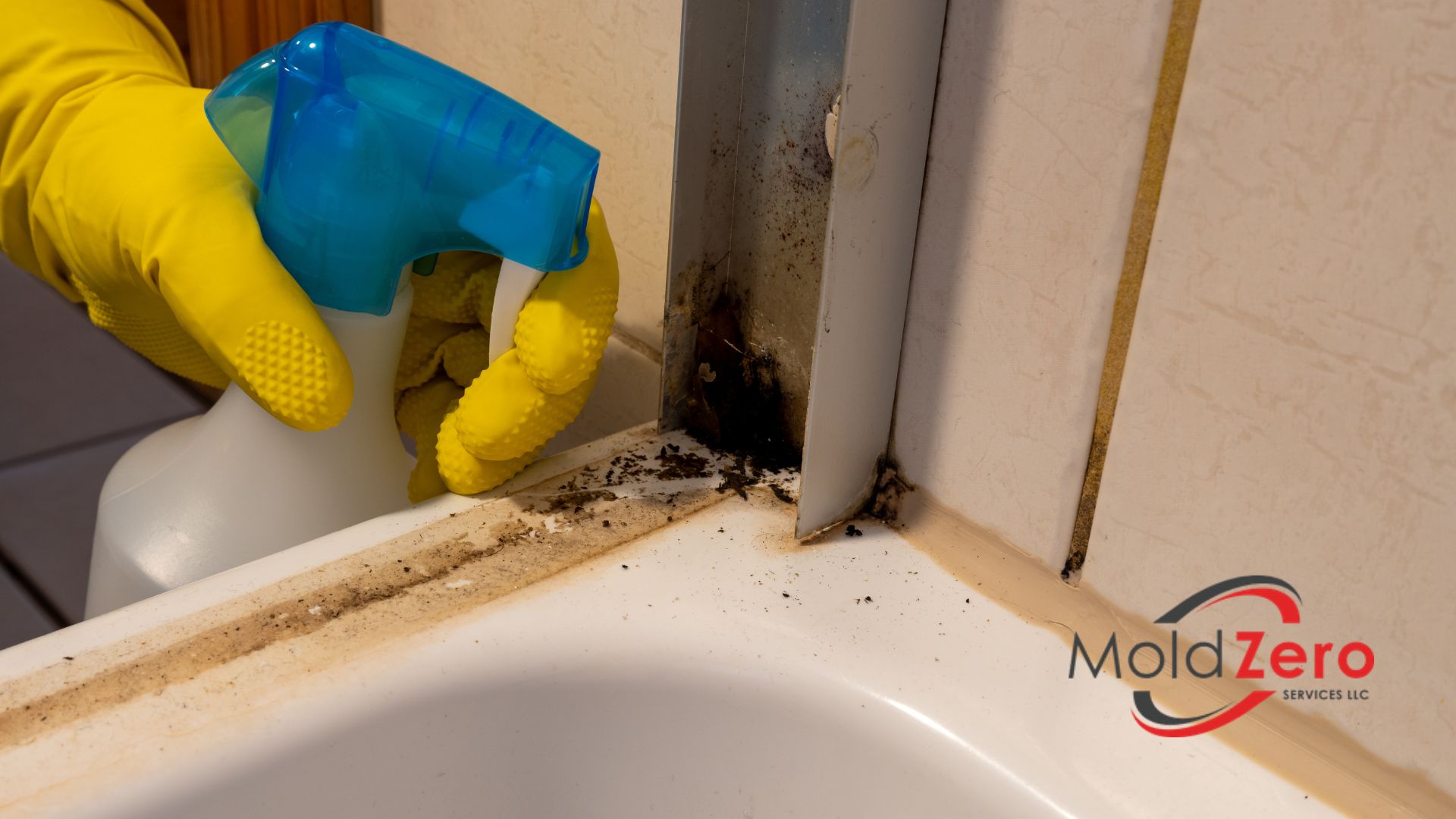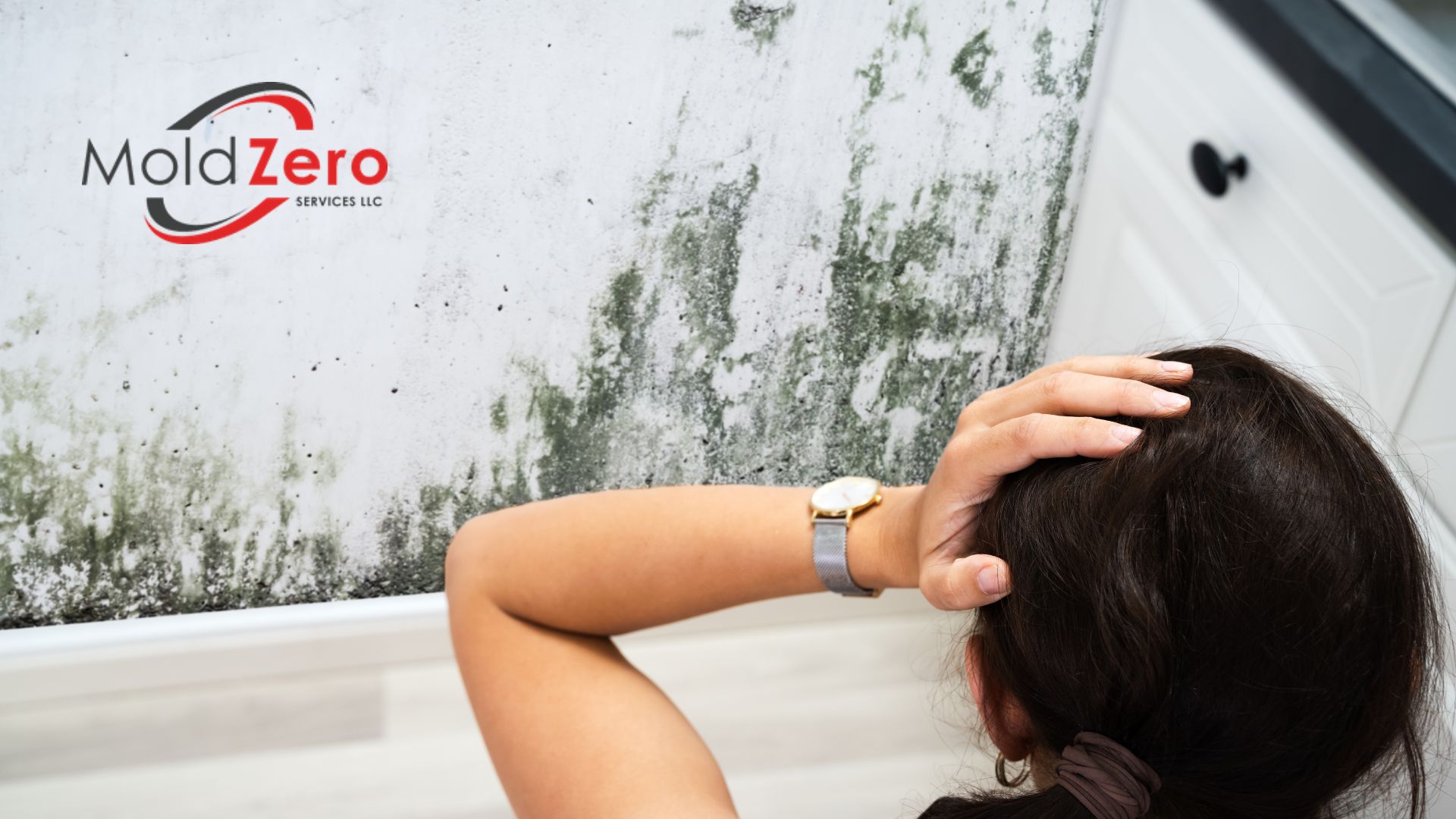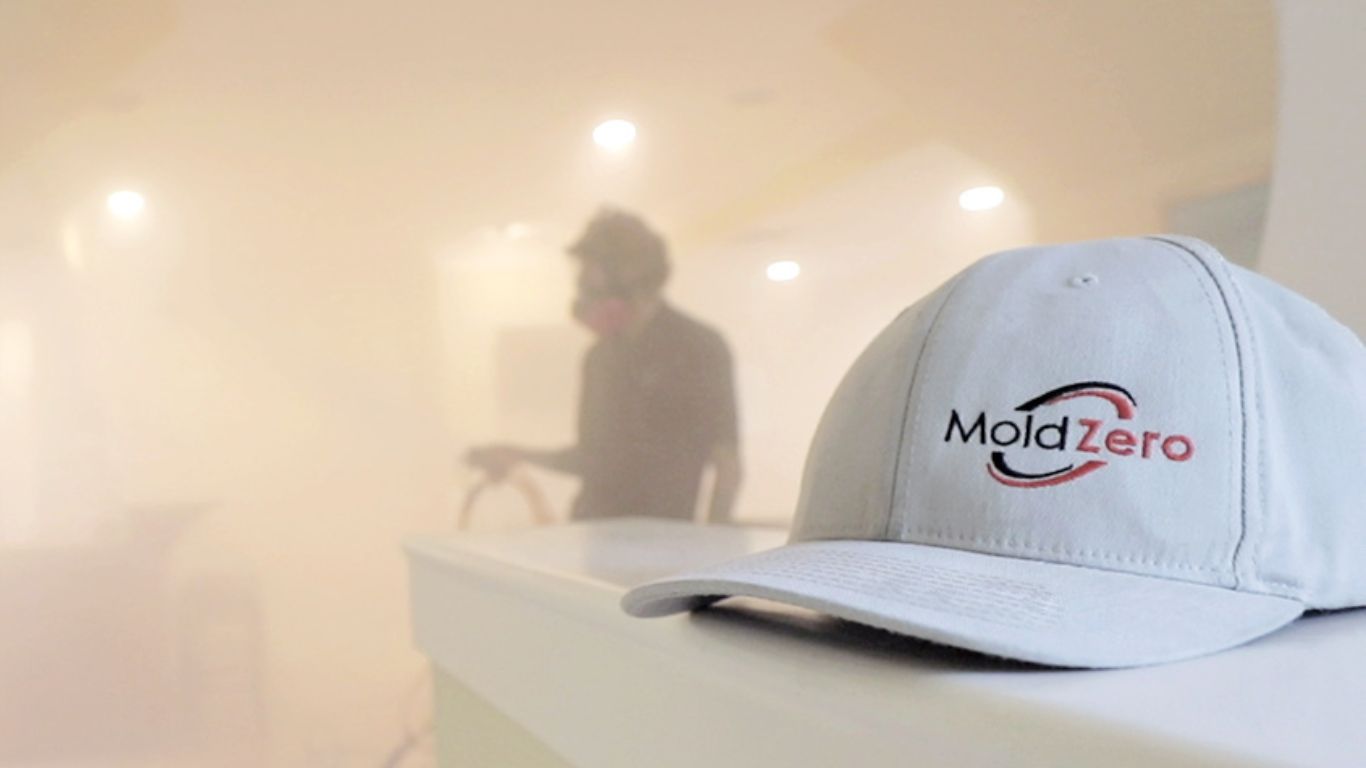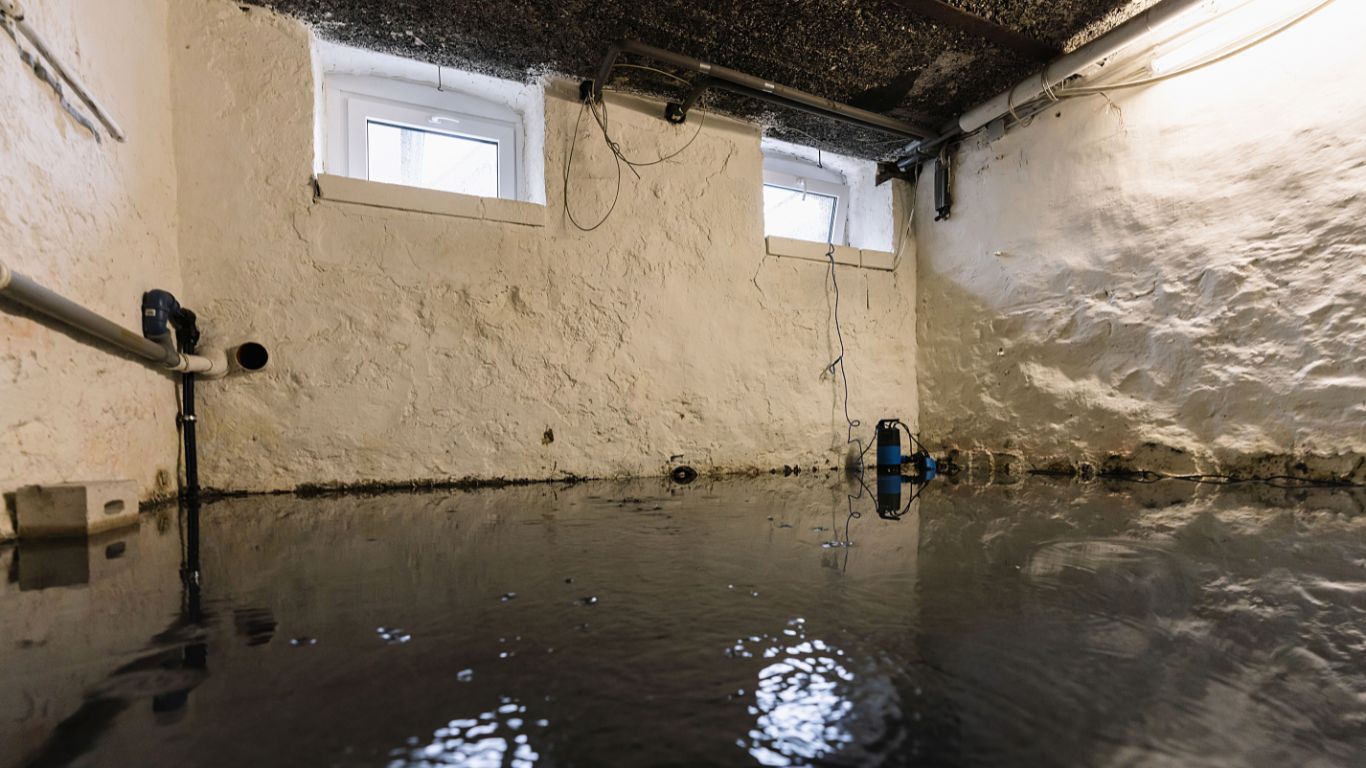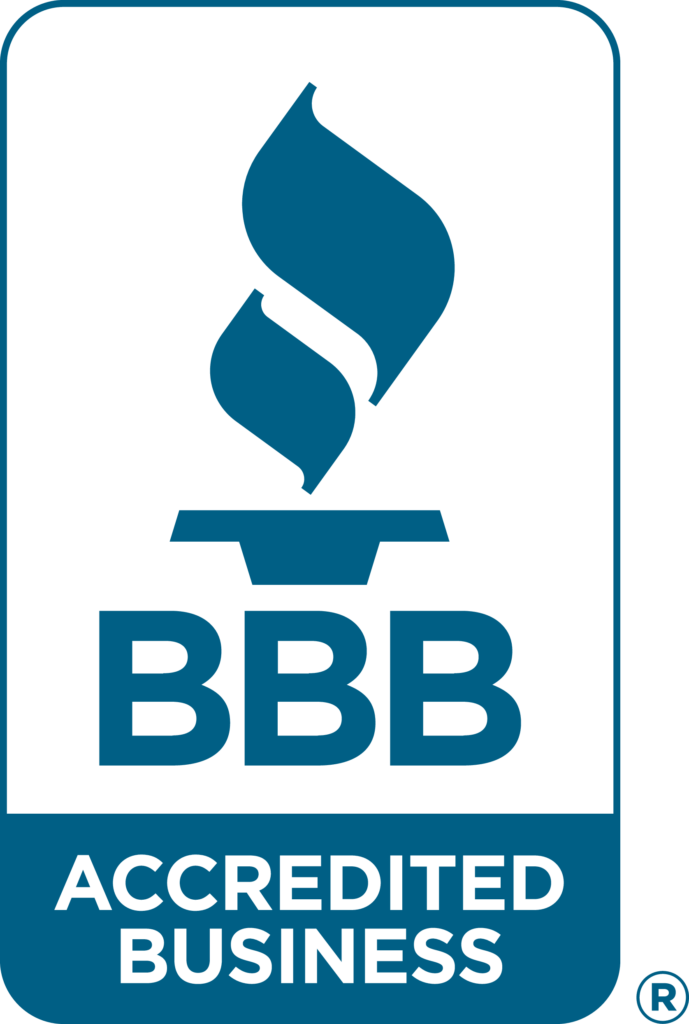How to Prevent a Mold Invasion in Flooded Los Angeles Homes
The recent heavy rainfall and flash flooding events across Los Angeles have left many residential and commercial buildings damaged. Areas like Santa Clarita, Chatsworth, and Northridge saw extensive flooding that led to property destruction and displacement of families. While the flood waters have receded, the aftermath persists in the form of extensive water damage and potential mold growth.
Thrive in Damp Conditions
Mold spores thrive in damp conditions like those left behind after a flood. Without swift action to dry out affected buildings, mold can quickly take hold inside walls, floorings, carpets, and ventilation systems. This mold buildup puts inhabitants at risk of multiple health issues. Mold exposure can lead to respiratory problems, allergic reactions, asthma attacks, and other complications. The structural integrity of buildings is also threatened, as mold can gradually eat away at wood and other materials.
Act Promptly
Residents must act promptly after flood damage to prevent costly mold infestation. Careful monitoring, thorough drying, ventilation, and professional inspections are needed to ensure free from harmty and well-being after the storm. The threat of mold growth can persist long after the initial flooding subsides.
Why is Mold a Concern After Flooding?
Flooding provides ideal conditions for mold growth. Mold spores thrive in warm, humid, and damp environments with abundant organic material to consume.
Mold exposure poses significant health risks. Mold releases spores and mycotoxins that can cause respiratory problems, allergies, asthma attacks, and other complications when inhaled. Those with compromised immune systems are particularly vulnerable.
Structure Concerns
In addition to health hazards, mold can compromise the structural integrity of buildings. Mold can damage materials like wood, drywall, and insulation. Prolonged exposure leads to decay and deterioration. Mold growth under surfaces may go unnoticed until major failures occur.
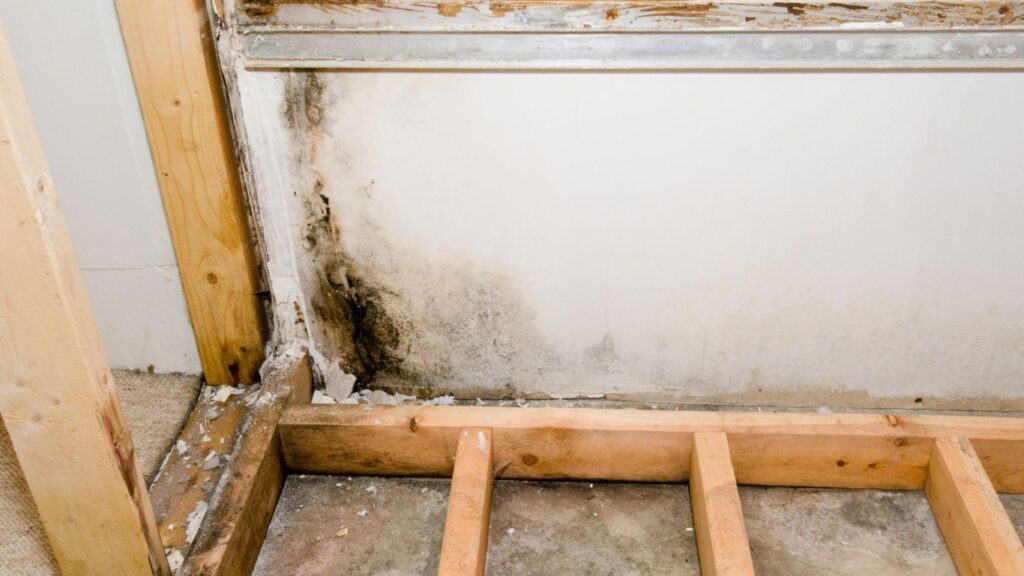
By promptly addressing water damage and preventing mold growth, you can avoid adverse health effects and structural issues. Acting quickly is key to effective damage control.
Damage Control Tips to Prevent Mold Growth Post-Flooding
Water Removal
Mold prevention after flooding starts with swift and thorough water removal. It’s crucial to extract any standing water from affected areas as soon as possible using professional equipment like sump pumps, wet vacuums, and mops. Professionals have high-powered equipment that can remove large volumes of water quickly and efficiently.
Lingering Water
Standing water can seep into porous materials like wood, drywall, and insulation, creating ideal conditions for mold growth. The Environmental Protection Agency notes mold can begin growing within 24 to 48 hours of excessive moisture exposure. Even small amounts of residual moisture can nurture mold growth if left untreated. Lingering water also increases the risk of structural weakness and further property damage.
Professional Water Damage Removal
To fully dry out an area, water should be extracted from not just the surfaces but the saturated porous materials underneath. A professional water removal company will use tools like moisture meters and thermal imaging cameras to identify moisture hidden in walls, floors, and foundations. Swift water extraction minimizes the window of opportunity for mold to thrive.
Drying and Dehumidifying
It is important to ensure all flooded areas are completely dry to avoid mold growth. Any remaining moisture provides the ideal humid environment for mold to thrive. Use fans and industrial-grade dehumidifiers to actively dry out the space.
Focus on drying carpets, walls, floors, and any water-logged furnishings thoroughly. Don’t let any damp pockets remain untouched. Pay special attention to drying hidden spaces between walls, under floors, and inside air ducts if needed.
Remove Humidity
Run dehumidifiers and fans continuously until professional moisture readings confirm the areas are completely dry. Don’t turn off dehumidifiers prematurely. Visible moisture may be gone, but excess humidity could still enable mold growth. Check that dehumidifiers are effectively extracting water from the space.
Monitor Humidity Levels
Monitoring humidity levels with a hygrometer is also recommended to identify areas that need more drying. Humidity should be lowered to preferably under 50% for mold prevention. Continue active drying until this optimal humidity level is achieved throughout the building.
With consistent, extensive drying right after a flood, you can effectively curb the moisture levels that allow mold to take hold. Don’t take any chances with potential leftover dampness. Take the required drying steps diligently.
Inspection of Hidden Areas
Flooded areas often contain hidden pockets of moisture that can lead to mold growth if left unchecked. It is good to thoroughly inspect areas that are not readily visible, such as:
- Behind walls: Drywall is prone to moisture absorption during flooding. Inspect along baseboards, around windows, door frames, and electrical outlets for any signs of water damage or mold growth behind walls.
- Under carpets and flooring: Carpeting holds a lot of moisture and prevents proper drying. Check under all carpets and flooring for dampness. Remove and discard soaked carpets and warped floorboards.
- Attics and basements: As hot air rises, moisture often accumulates in attics. Check the insulation, roof leaks, and ventilation. Basements are common flooding zones – inspect support beams, subflooring, etc.
- HVAC systems: Air ducts and vents often harbor mold undetected. Inspect the HVAC system thoroughly – consider hiring an HVAC professional.
Early detection of moisture or mold growth in these concealed areas is key to preventing structural damage. Use moisture sensors, endoscopes, infrared cameras, and other detection tools. Seek professional help for in-depth inspections. Address any moisture sources or mold colonies immediately before they spread and become harder to eradicate.
Ventilation Is Key to Mold Prevention
Proper ventilation is essential to prevent mold growth in any flooded building. Well-ventilated spaces allow moisture to dissipate, creating an unfavorable environment for mold. Here are some tips to optimize airflow in your home or building after flooding:
- Open windows and doors to maximize natural airflow. Make use of prevailing winds and cross-breezes.
- Use exhaust fans to actively ventilate kitchens, bathrooms, laundry rooms, and any other moisture-generating areas. Run these fans continuously during the drying-out process.
- Consider installing additional fans to improve airflow in stagnant areas like attics and basements. Position fans to blow air directly outdoors rather than recirculating it.
- Replace HVAC air filters frequently as they can quickly become overloaded with moisture and debris after flooding. Ensure HVAC systems are kept running to circulate air.
- Open closet and cabinet doors to encourage airflow in confined storage spaces prone to excess moisture buildup.
- Consider using portable dehumidifiers or desiccants in extremely humid rooms.
- Do not seal off any water-damaged areas before fully drying them first. The trapped moisture will lead to mold growth.
Optimizing airflow across all areas of your home or building will significantly inhibit mold growth after flooding by creating an unfavorable environment. Do not underestimate the importance of proper ventilation.
Regular Monitoring
Regular monitoring and checks after flooding is crucial to detect any early signs of mold growth. Homeowners and building owners should conduct periodic inspections of all areas that are exposed to moisture. Look for any visible mold growth, mildew odor, or musty smells. Pay close attention to commonly affected areas like basements, crawl spaces, attics, walls, and ceilings.
Check for Water Accumulation
Check under carpets, rugs, flooring, drywall, wallpaper, and any other materials that may be harboring unseen mold growth underneath. Inspect behind furniture pieces and appliances that may have gotten wet. Open up access panels to plumbing, electrical, and HVAC systems to check for moisture accumulation.
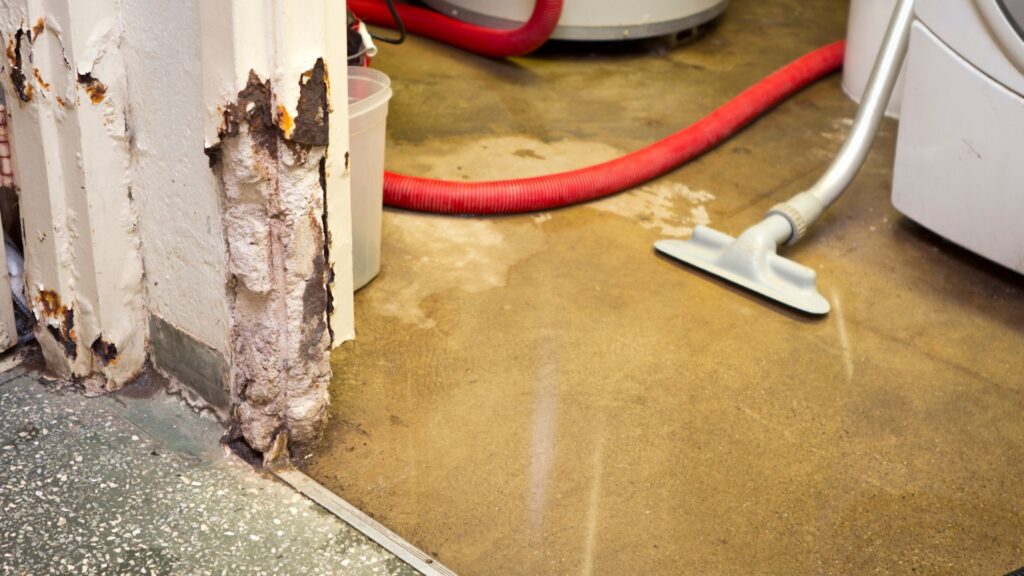
It is recommended to conduct monitoring every 24-48 hours after the flooding event. Persistent dampness and any detectable odors or visible mold are red flags. Do not ignore these warning signs. Immediately call a professional mold remediation company for thorough inspection and remediation.
Avoid Do it Yourself repairs
The sooner the mold infestation is detected, the easier it is to control and prevent further growth. Trying DIY methods without professional equipment and products can actually exacerbate the mold problem.
Time is of the essence when it comes to mold prevention after flooding. Regular monitoring and timely professional intervention are key to protecting the structural integrity of the building as well as the health of its inhabitants. Be vigilant and proactive.
Professional Help
It is strongly recommended to seek professional help if any signs of mold growth are detected after flooding. Some key indications that mold may be present include:
- A musty odor that persists after cleaning and drying out areas
- Visible mold growth that appears white or green and fuzzy in texture
- Water stains on walls, ceilings, or floors
- Peeling or curling paint or wallpaper
- Health issues like respiratory problems, coughing, headaches, or fatigue
Getting a professional mold inspection as soon as any of these warning signs appear provides multiple benefits:
- Accurate Identification: Professionals have the expertise, equipment, and testing methods to accurately identify if mold is present and determine the type. Some mold species are more hazardous than others.
- Source Detection: The root cause and origin of the mold growth can be pinpointed by inspectors. This helps focus remediation efforts on the correct areas.
- The extent of Growth: The total scope and magnitude of the infestation is revealed through professional inspections. This ensures complete removal.
- Remediation Plan: Based on the inspection, a full mold remediation plan can be created to address the specific situation. Professionals know the most effective methods for mold elimination.
- Health Risks: An assessment can determine if the mold spores present any dangers to inhabitants, especially those with respiratory conditions. Steps to make the property free from harmly habitable again are recommended.
- Prevent Reoccurrence: Professional input helps prevent future mold outbreaks by identifying vulnerabilities. Proper moisture control and prevention systems can be suggested.
Acting quickly to get a professional mold inspection gives homeowners, building owners, and renters the information they need to promptly address the issue before major damage occurs.
For Homeowners
Seek water extraction services quickly, follow up with dehumidification, and call for mold inspection at the very first sign of mold growth. Being proactive can help mitigate health risks and prevent the growth from spreading. Get help promptly.
For prompt assistance and to secure a healthier environment post-flooding in Los Angeles, contact Mold Zero Services at 626-671-8885 for a free inspection and expert mold prevention advice.
